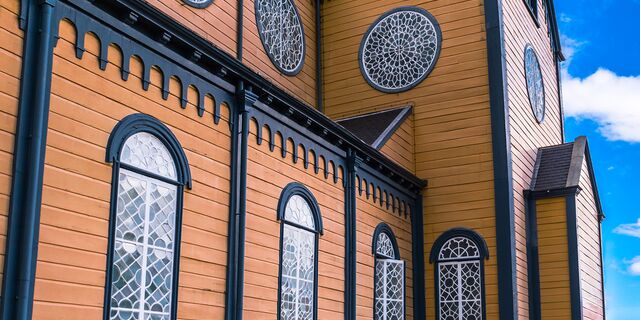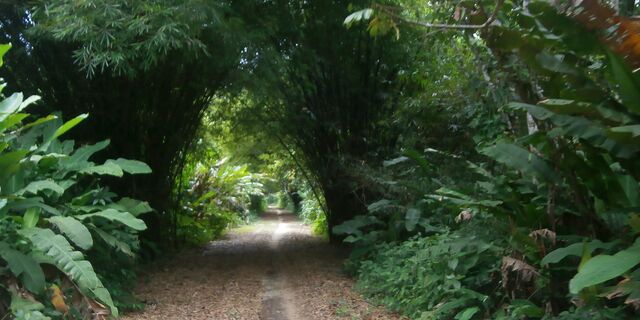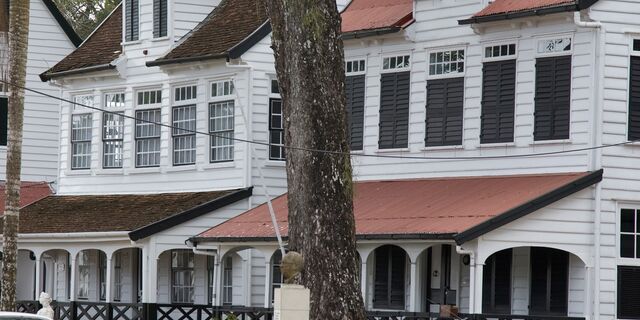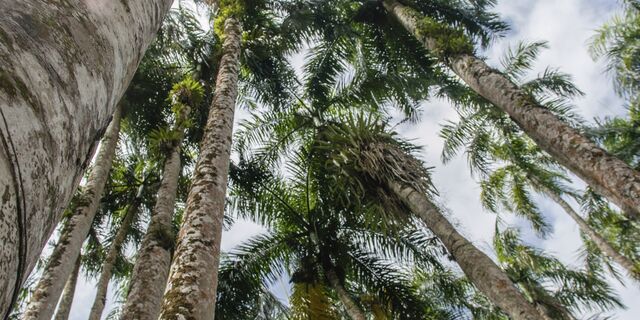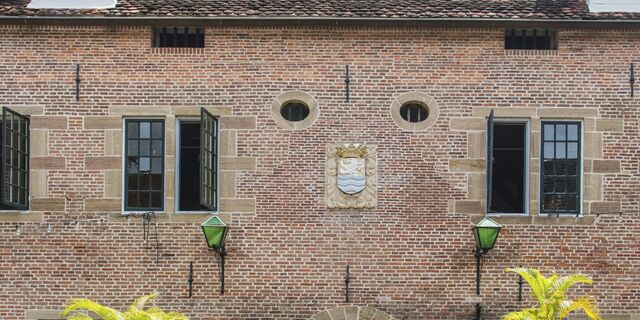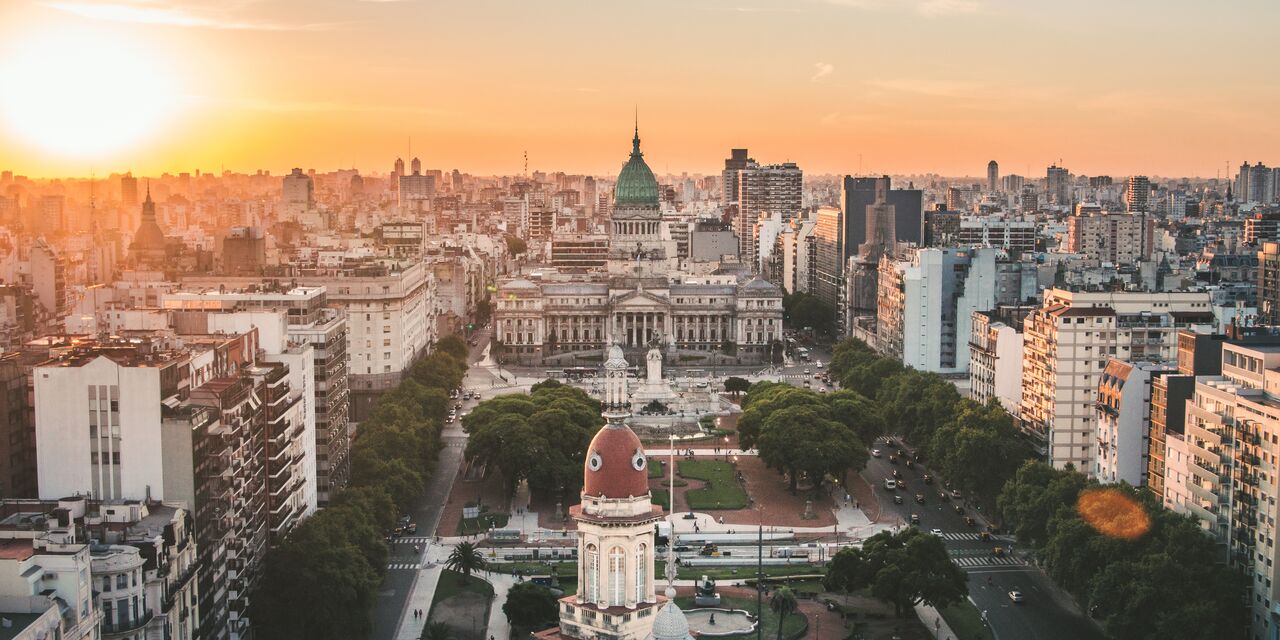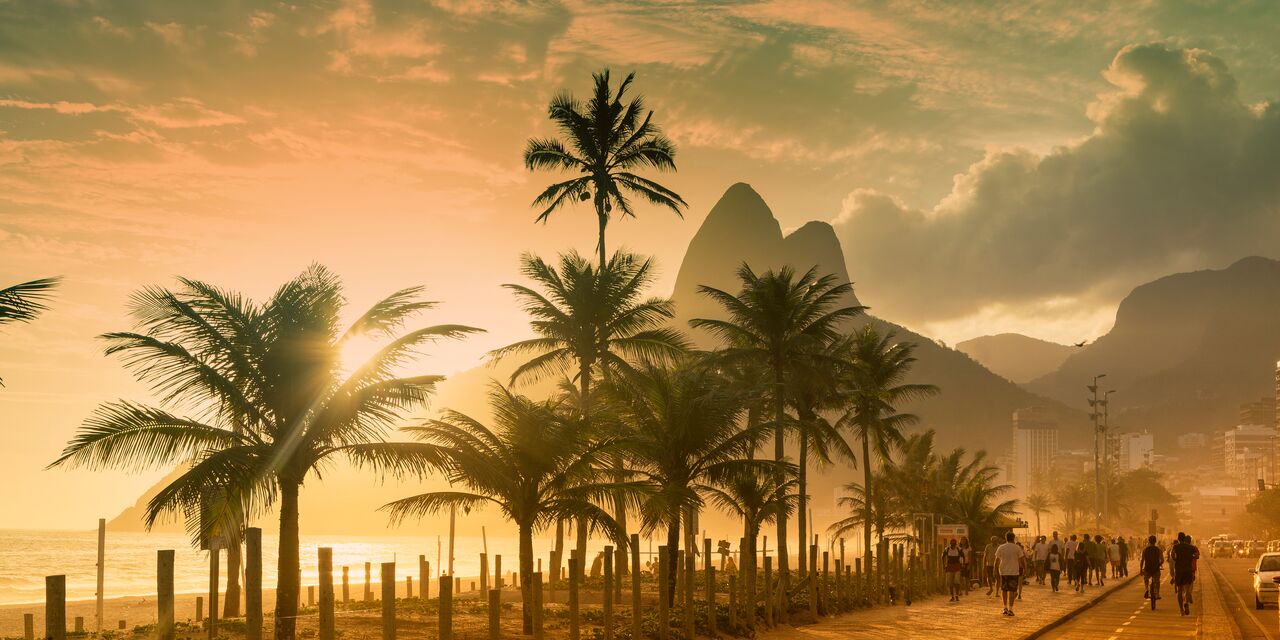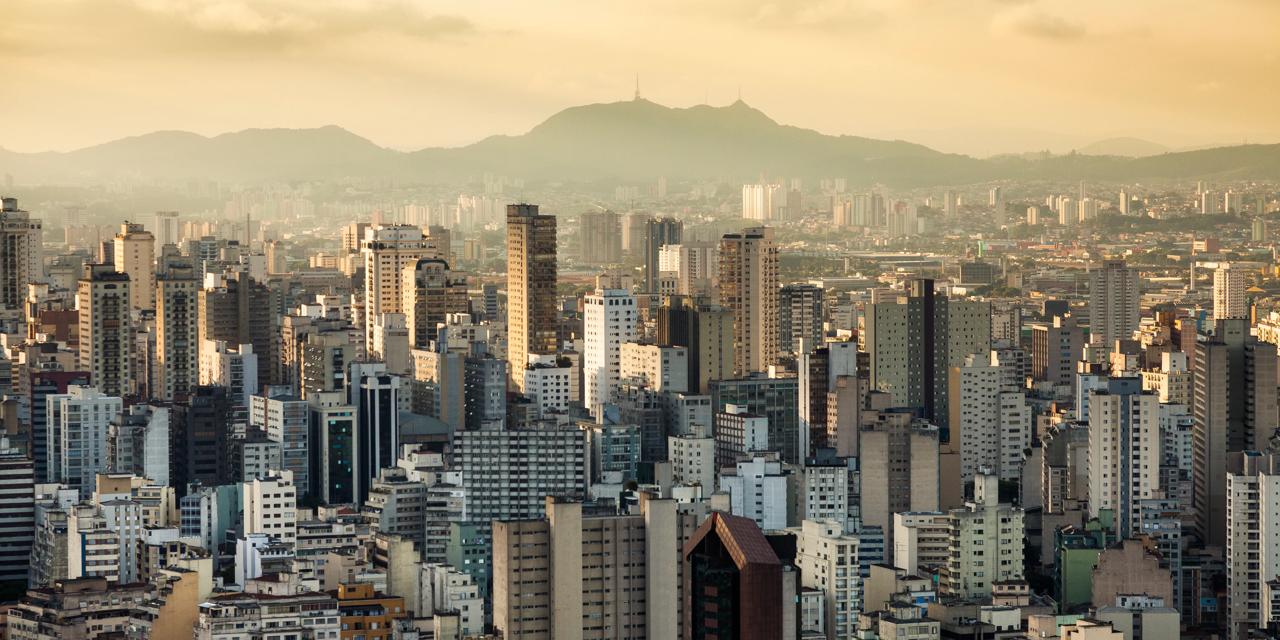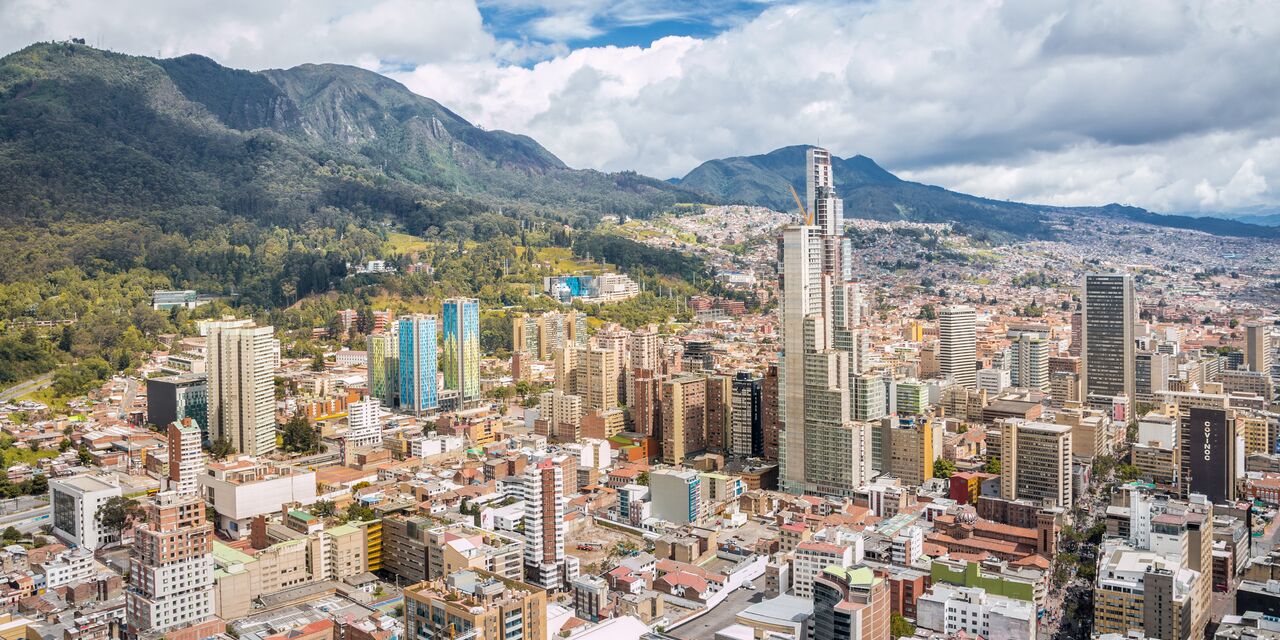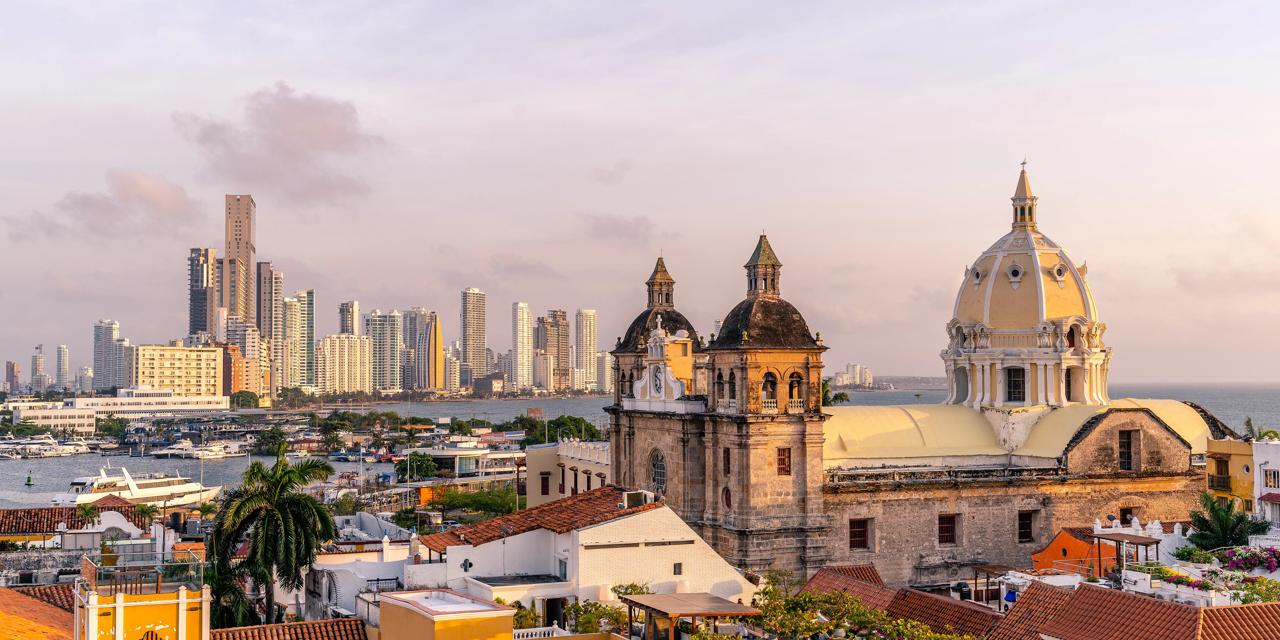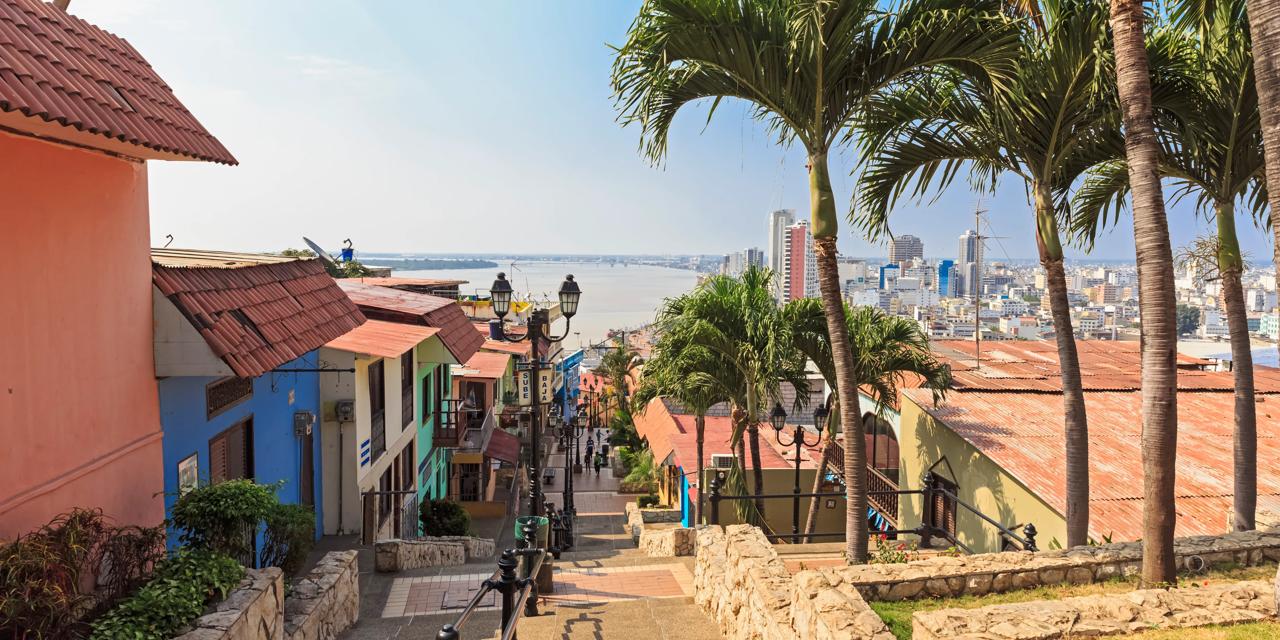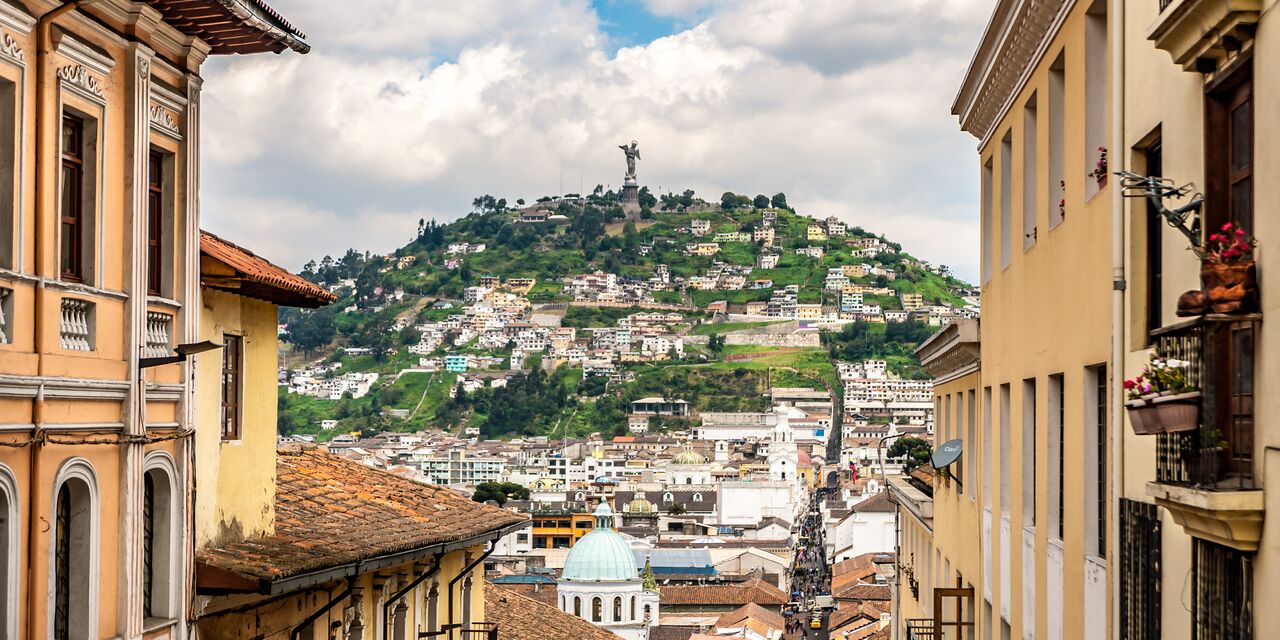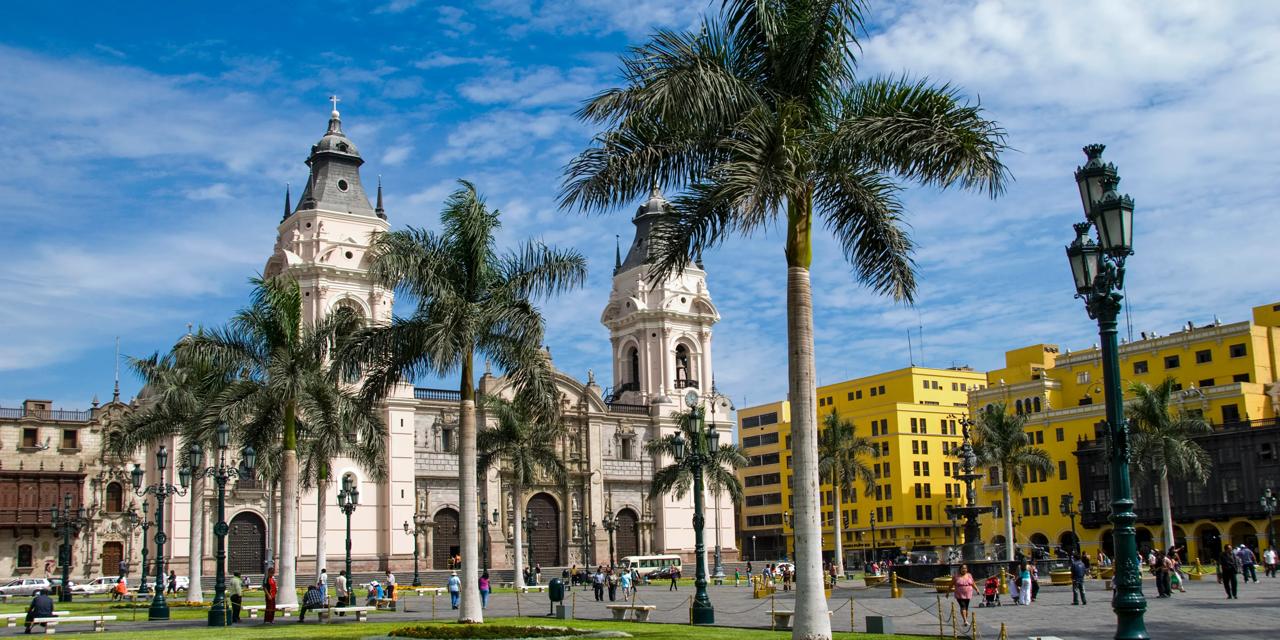Sugar spots along the Suriname River
Thanks to Cynthia McLeod’s bestselling novel 'The Cost of Sugar?' Suriname’s colonial history has achieved international fame. For centuries, hundreds of thousands of slaves were put to work on the many sugar cane plantations around the Commewijne district and the Suriname River. Various local travel companies organise day trips to the historical sites of the former sugar culture.
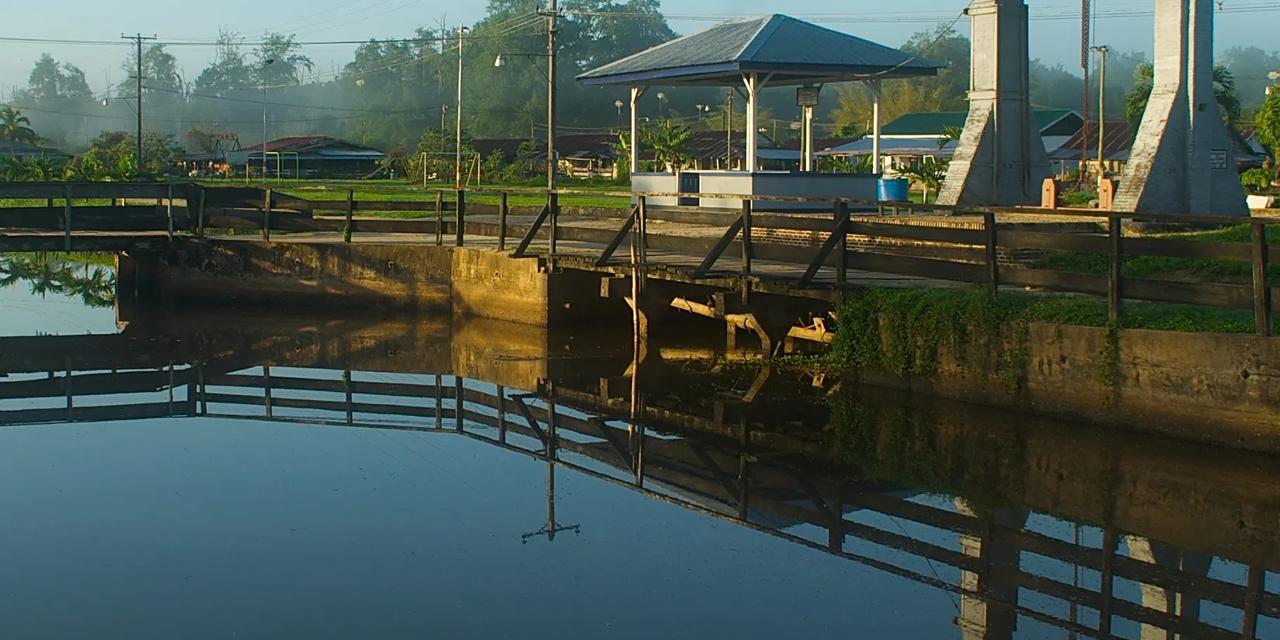
Plantation Concordia
One of the plantations that welcomes organised boat or cycling tours is the former sugar cane plantation Concordia. The terrain is largely overgrown and exudes a mysterious atmosphere. But under vines and jungle plants one can still discern the remains of a water mill and the 19th-century sugar factory. Most guides tell fascinating stories about the heavy and dangerous harvest of sugar cane. The work in the sugar factory was just as dangerous, with many serious accidents caused by the steam or hot syrup. The oldest plantations of the colony were located in the Upper Commewijne River.
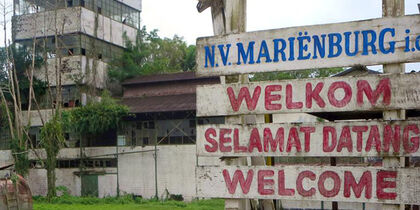
Industrial heritage in Mariënburg
Mariënburg was founded in 1745 by a Dutch plantation owner. First she grew sugar cane and then later also tea. When the plantation fell into hard times in the 19th century, it was taken over by the Dutch Trading Company. In 1882, the trading company set up a central sugar factory here, producing raw sugar on a large scale until the 1960s. A 60-km railroad brought the sugar cane in from the surrounding plantations. Visitors can admire the visible corroding rails and factory components, as well as a steam train that is rusting away amidst the vegetation. Many of the Javanese and Hindustani workers who were employed at the factory until the end of last century still live on the grounds. Several elderly former employees give guided tours and relive the old days, sharing black-and-white photographs and personal anecdotes – in Dutch and in English.
The Surinaamsch Rumhuis
Most of the sugar produced by the colonial plantations was shipped to Europe. However, a small part found its way to local distilleries, where it was made into rum. The SAB company, known in Paramaribo for its Borgoe 82 (brown rum) and Black Cat (white rum), is the last operational Surinamese rum distillery. On the factory grounds you will find the Surinaamsch Rumhuis , a small museum that organises guided tours. After an explanation of the history and the production process, visitors can sample different varieties of rum. Then it’s time to enjoy the view of the Suriname River as you sip a delicious rum cocktail.
Discover other destinations in South America
*The displayed prices are for one adult. All amounts are in SEK. Taxes and surcharges are included. No booking fee is applicable. Prices shown may vary depending on fare availability.
The weather forecast information is provided by World Weather Online. Air France-KLM is not responsible for the reliability of this data.

